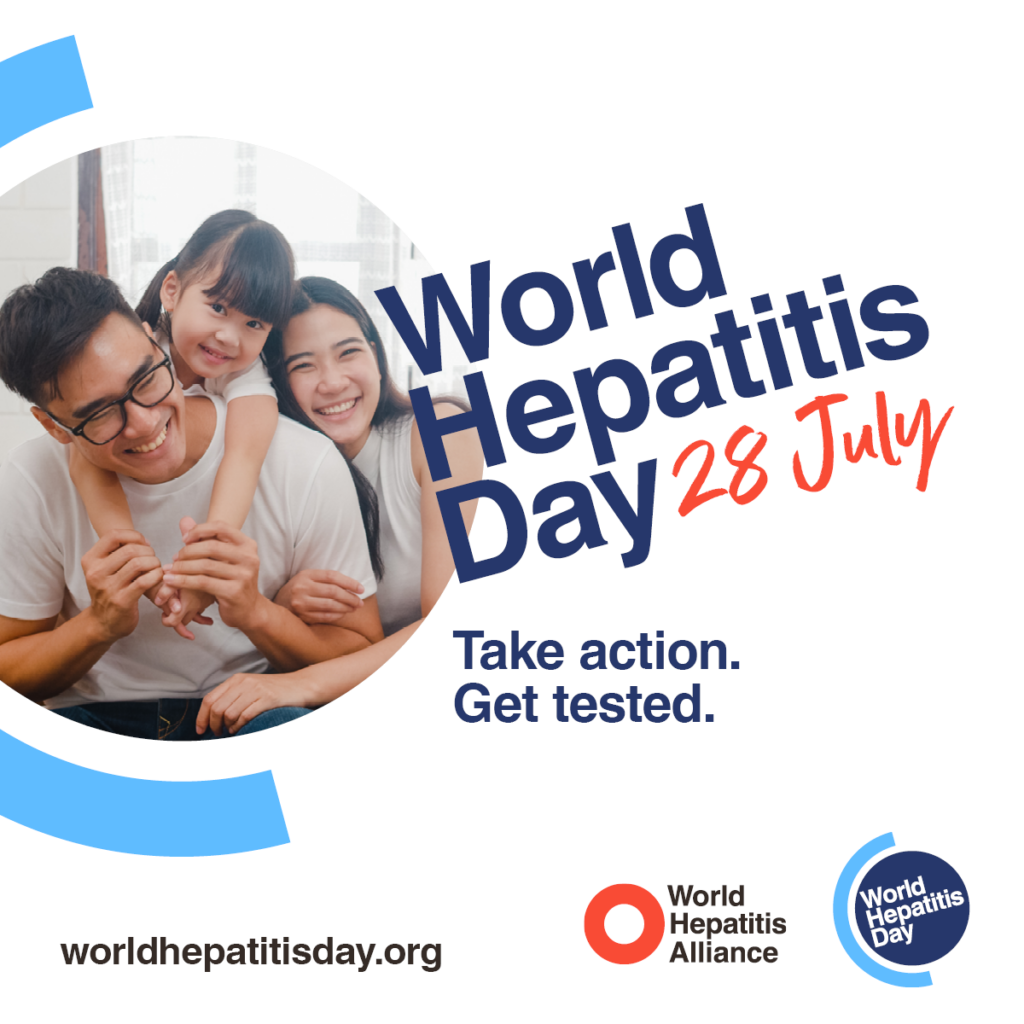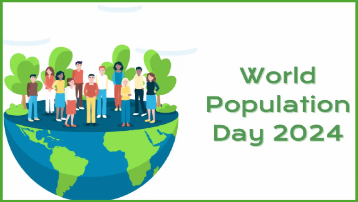We examined the Demography and Socio-economic status of Asian American and Pacific Islanders in the earlier papers. In this paper, we will study their health status and how that differs from other Americans and within themselves and then derive what we can do to improve from where we are.
Compared to other racial and ethnic groups, according to 2023 report, Asian Americans and Pacific Islanders are:
- Least likely to report having a personal doctor. In fact, 19.4% of Asian adults compared to 12.9% of whites report being without a usual source of health care. Cambodians and Vietnamese are three times more likely to skip doctor visits due to cost compared to all Asians or U.S. residents.
- Less likely to have blood pressure monitoring and pap smears. Cervical cancer screening rates are significantly lower among Asian American women compared to the general population. Only 60.5% of Vietnamese women reported receiving a pap test in the past three years compared to 86.2% of all women in California.
- Poorer quality care. Native Hawaiians and other Pacific Islanders report having poorer quality care. For example, they receive less prenatal care in the first trimester and have higher infant mortality than whites.
- Higher disease incidence. The incidence of breast cancer among AAPI women increased from 87.0 to 97.8 cases per 100,000 women from 1990 to 2001, a growth rate that has increased faster than any other racial/ethnic group.
We will study examples of disease/risk factors and the list is long, but for the limitations of space, let us study few of them:
Smoking: In New York City, the overall prevalence of smoking is 18.6% in whites and 14.1% in Asian Americans. However, when data was separated within AAPI subgroups, the actual prevalence of smoking was higher in some groups. For example, the prevalence of smoking in Korean Americans was 35.5%. These reasons point out that AAPI to be clubbed as one group can be misleading and we may miss out to the most vulnerable group this way.
HIV: In 2018, Asians made up 6% of the American population and accounted for 2% of new HIV diagnoses. Asian American rates of HIV are very low compared to other racial/ethnic groups. Of the 37,968 new HIV diagnoses in the United States and dependent areas in 2018, 2% were among Asians. This is true for most of the other sexually transmitted diseases too.
Tuberculosis (TB)
In 2021, U.S. state, local, and territorial health agencies reported a total of 7,882 TB cases to CDC. Of these, 2,834 were Asian persons in the United States, accounting for 36.0% of all people reported with TB disease nationally (See figure 1). The rate of TB disease among Asian persons is 14.4 cases per 100,000 persons. The TB case rate is 32 times higher for Asian persons than for non-Hispanic White persons.
Being born in or traveling to countries with a high rate of TB disease increases a person’s risk of becoming sick with TB disease. The most common countries of birth among non-U.S.–born Asian persons with TB disease in 2021 were Philippines; 12.3%, India; 10.2%, Vietnam; 7.5%, China; 5.6% and Myanmar; 1.8%. Thus, there is substantial variation among Asians themselves too besides that being much higher among Asians as compared to the US population in general. Earlier years data suggest the same pattern.
Hepatitis B
Chronic hepatitis B, a disease transmitted by infected blood, semen or other body fluids or through needles primarily, is dangerous because there are often no symptoms, and blood tests for liver enzymes may be normal. By the time symptoms such as abdominal pain and/or abdominal distension appear, it is often too late for treatment to be effective.
Asians and Pacific Islanders are disproportionately affected by chronic hepatitis B.
In the United States, 1 in 12 Asian Americans is chronically infected with hepatitis B in comparison to 1 in 1000 non-Hispanic Whites. While Asian Americans constitute only 6% of the population in the United States, they comprise over half of the nation’s 860,000 to 2.4 million people chronically infected with hepatitis B as per CDC report. This is one of the greatest racial health disparities in the United States. Asian American born outside the USA are 20 times more likely to have Hepatitis B than those born in the USA. Asians are 13 times more likely to develop liver cancer and are more likely to die from Hepatitis B related causes compared with any other group. In 2018, there were 1,649 death certificates among US residents that listed hepatitis B as the underlying or a contributing cause of death. Asians/Pacific Islanders have historically experienced the highest hepatitis B-related mortality rates, and the age-adjusted death rate for this group increased from 2015 to 2017. Of the 1,649 hepatitis B-related deaths in 2018, 760 (46.1%) were Asians/Pacific Islanders, resulting in the highest death rate among race/ethnic groups at 2.1 deaths per 100,000 population.
Diabetes: Asians are at high risk of diabetes and at an early age. We will discuss this in detail in next month’s paper along with World Diabetes Day.
Concluding Remarks
Morbidity and mortality rates of certain diseases are very different for Asian and Pacific Islanders as compared to the rest of the Americans and these rates vary among Asians themselves, comprising 30 countries’ populations included in the Asian American group. It is vitally important to study their specific characteristics and disease pattern and offer them their specific solutions which differ from the general population. To document and present that to the concerned health authorities, we at Asian Pacific Community in Action in collaboration with NYU Center for the Study of Asian American Health, plan with our partners to study Community Health Resources and Need Assessment (CHRNA) and community can participate in this study by clicking this link https://linktr.ee/apcaaz and locate the link for the study and complete the study. That way we can contribute to our community’s future planning.







